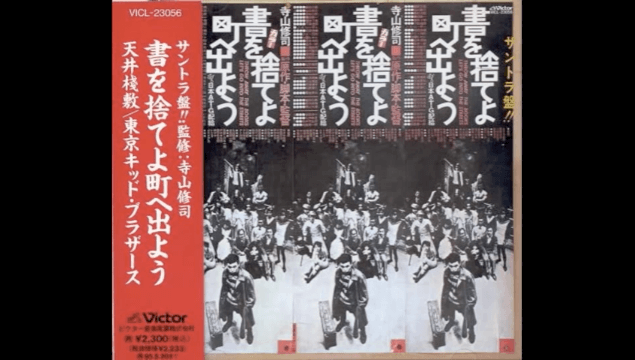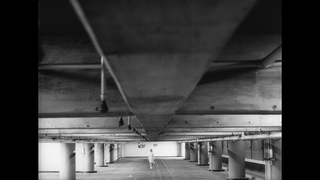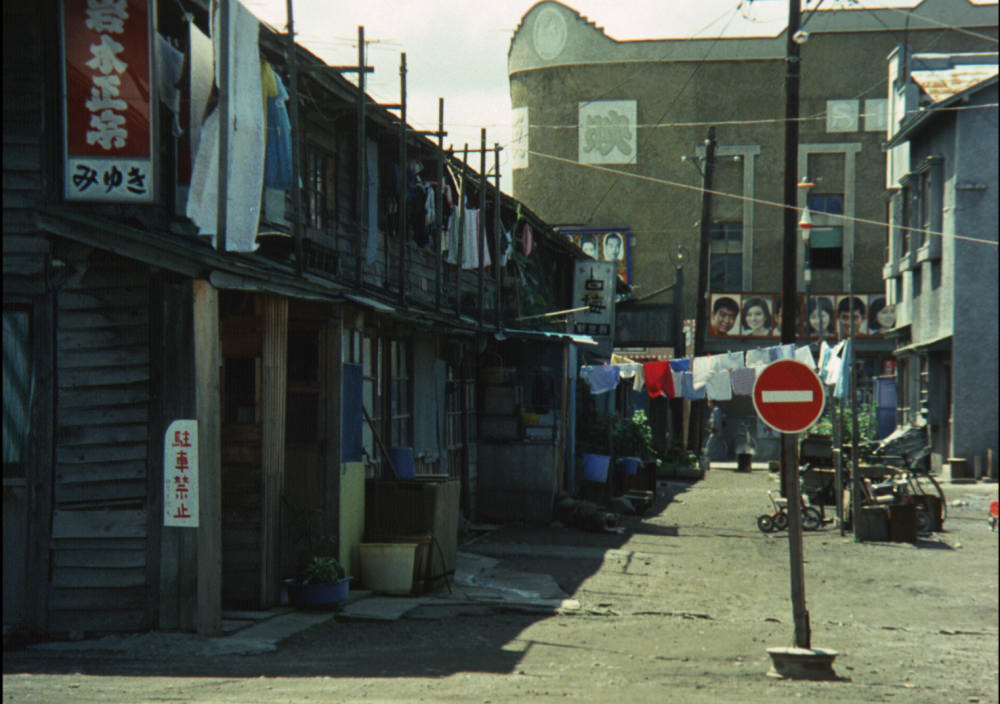Tokyo Kid Brothers
Soundtrack to Throw Away The Books (1971)
The psychedelic soundtrack to the film, Throw Away the Books, Let's Hit the Streets.

Play Video



This beautiful film is now available in higher quality via streaming sites. For a lower quality version on the web, part one is on the left. Clicking on the button below opens part two in a separate light box.

Documentary on Japanese underground film, performance art and politics featuring Donald Richie, Tadanori Yokoo, Masao Adachi, Koji Wakamatsu, Toshio Matsumoto and Akaji Maro among others.

I have purchased two boxed sets of Wakamatsu Koji’s films: (both Volume 2 and 3 have English subtitles). Koji Wakamatsu Volume 2 Season of Terror (1969) Running in Madness, Dying in Love (1969) Sex Jack (1970) Angelic Orgasm (1972) (aka Ecstasy of the Angels). Koji Wakamatsu Volume 3 Naked Bullet (1969) Violent Virgin (1969) Shinjuku Mad (1970) Violence Without a Cause (1969). The above films will be made available to students on DVD at the SFSU Library
It’s been a dream of mine to teach a course devoted solely to the work of Oshima Nagisa. I’ve taught his work in sections of my courses for many years, particularly Man Who Left His Will on Film, In the Realm of the Senses, and Death by Hanging. But I’ve also long admired the work of Koji Wakamatsu, the work of the ATG (Art Theater Guild), in general, and Matsumoto’s Funeral Parade of Roses (which I’ve also taught before). This semester I’ve decided to bring all of this work together, along with the work of Adachi and Japanese landscape theory, and the Situationist International, in order to continue working on the problem of the historical present. This will not be (at least solely) a historical look at the years 1968 – 1972 in the Japanese cinematic avant-garde (although there will be plenty of that). We will compare the complex work from this era (within its own context) with that of the Situationist International and think through the problems this work continues to pose for us in the present. This will be a course about the historical present, which means, of course, that it will be situated in relation to problems of modernity. —Rob Thomas, Ph.D. Jan. 2nd, 2014.